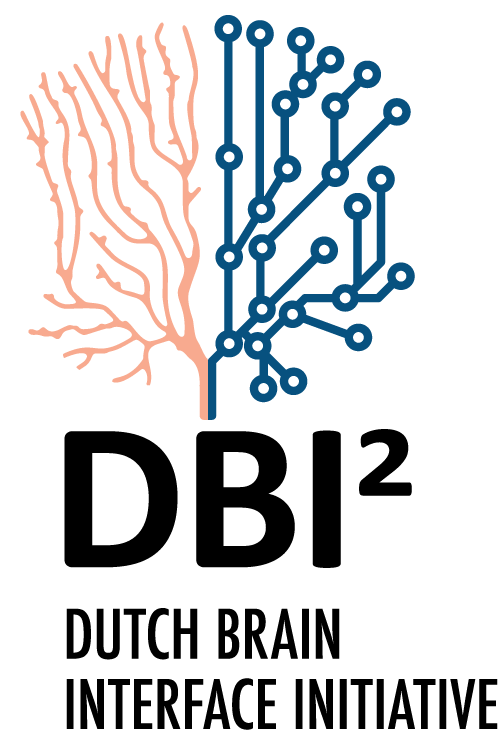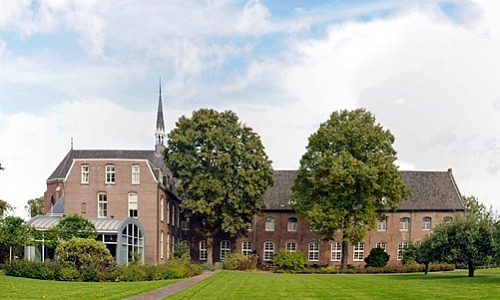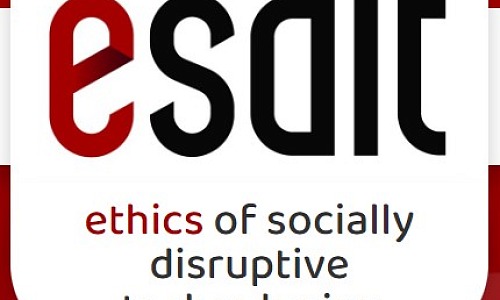Main challenges and innovations
Open-Loop to Closed-Loops
When we study cognition and brain functions, we typically approach the brain as a set of separable modules or structures, often in isolated experimental setups. This separation allowed the scientific community to develop clever experimental methods that effectively control their “inputs” and their “outputs” and permit strong scientific conclusions and interpretations. Yet this approach has its limit since the brain operates through multiple feedback loops with information flowing simultaneously on multiple levels, which may take place spontaneously and independently from external inputs and perturbations.
Extended feedback loops of perception and action traverse the brain and the body, and the mind is expressed in feedback loops between the brain and the environment, and between individuals. The necessary tool to tap into, and influence those feedback circuits, is closed-loop stimulation, as a way to “integrate” our interfacing devices as a part of the circuit itself.
Experiment in a naturalistic environment
Today’s most fruitful experimental approach in neuroscience is the trial-based experiment, in which animals are repeatedly required to respond to some stimulus. With ingenious experimental designs, many features of brain functions could be uncovered. However, the picture emerging from these experiments is necessarily incomplete, as behaviour is not a linear action from stimulus to response. Each stimulus-triggered action will influence the environment and will determine the subsequent sensory input, influencing the next action. Here the problem’s topology is that of a loop, in this case, a brain-environment loop. In a social context, this is even more evident: information exchange between individuals is more powerfully understood as loops between individuals than as a one-directional flow of information from a social stimulus to a single brain. Closing this loop requires different experimental designs, where the spontaneous behaviour of the animal, its consequences in the environment, and the ‘next step’ in behaviour engendered by those consequences can be characterized together. This requires going beyond trial-based approaches. So far, this has been impossible: highly heterogeneous behaviour renders the obtained data uninterpretable. Nevertheless, recent technological development is beginning to provide the tools and means to study animals under more ecological conditions and including a social context. Henceforth, DBI2 aims at closing the brain-brain loop, by closed-loop stimulation and the brain-environment loop by studying brain activity in increasingly naturalistic contexts.
Beyond the state-of-the-art
Closed-loop stimulation with real-time analysis and model mapping capacity
A closed-loop setup effectively realises a novel, hybrid feedback loop partly in the brain and partly in the machine.
For therapeutic and prosthetic applications, it is imperative to realise closed-loop stimulation that is contingent on the current brain state and requires a real-time analysis of the recorded brain signals, and a model mapping the inputs to the stimulating outputs that can be computed in real-time.
DBI2 will enable the coming of age of closed-loop (CL) multimodal manipulations (i.e., electrical, magnetic, ultrasound, and optogenetics) across different spatial and temporal scales. We will leverage the development of integrated neurotechnology capable of high-density recordings and multimodal stimulation, that will allow us to map and understand the evolution of spontaneous and induced brain activity. This will only be possible by creating advanced higher dimensional representations of brain activity, with more powerful decoding techniques (‘information-based CL’) or better models of the time evolution of brain activity (‘dynamics-based CL’).
The DBI2 will focus on cell-to-circuit, across brain regions or neural networks, brain circuits to (non-social) environment, and brain-to-brain (social environment). We will also empower the application of CL manipulations for months to years, to intervene during brain development, learning, and memory processing.
Naturalistic-behavior (Nat-B) lab
While the need for more ecological and social contexts in neuroscience has been long recognised, an initial drive towards actually implementing these new perspectives for research has only recently started thanks to new technological advances, mainly in the field of sensors and video analysis. These advances have made it possible to collect large volumes of data about animal behaviour, that can be potentially quantified automatically with Artificial Intelligence (AI) techniques.
DBI2 will expand on current highly-instrumented environments and combine them with the neurotechnologies enabling brain monitoring and manipulation, thus opening the way for reduced constraints in environmental and experimental conditions. We believe that the association of closed-loop stimulation design and naturalistic (social) behaviour is unique for a program on this scale, and can be especially fruitful. First, it will be possible to use model-based computations of behavioural and neural inputs to drive the stimulation, which can therefore perturb brain activity, conditionally on the entire context (behavioural and neural) that activity takes place in. Second, closed-loops interaction offers the ability to recover, from the neural context level, some of the control that is relinquished at the behavioural level, thus overall increasing the feasibility and interpretability of an experiment. To this purpose, we will build the Naturalistic-behavior (Nat-B) lab, a novel and unique instrumented environment where characterisation of complex (social) behaviours can be associated with brain monitoring and stimulation, taking us towards closing the brain-environment loop and understanding the brain in its complete social dimension.




